Herald Books
Copyright 2016 Miami Herald and el Nuevo Herald. All rights reserved. This material may not be published, broadcast, rewritten or redistributed.
Published by Mango Media Inc.
www.mango.bz
No part of this publication may be reproduced, distributed or transmitted in any form or by any means, without prior written permission.
This is a work of nonfiction adapted from articles and content by journalists of the Miami Herald and el Nuevo Herald published with permission.
Front Cover Image: January 13, 1974 (John Walther/Miami Herald)
Back Cover Image: December 31, 1994 (David Bergman/ Miami Herald)
FINS AT Miami Dolphins 50th Anniversary
ISBN: 978-1-63353-375-2
Its a reward, its the country officially receiving a team that accomplished something special.
Bob Griese, at August 21, 2013 White House ceremony for the 1972, 17-0 Miami Dolphins
TABLE OF CONTENTS
Foreword
Chapter 1:
Chapter 2:
Chapter 3:
Chapter 4:
Chapter 5:
Chapter 6:
Chapter 7:
Chapter 8:
Chapter 9:
T he Miami Dolphins in their first years won a unique place in professional football history for the first and still only unblemished year, forever capitalized as the Perfect Season. Say 1972 in South Florida and it means only one thing, conjuring the ageless snapshot of Coach Don Shula riding jubilantly on the shoulders of celebrating players after that early Super Bowl, the first of two straight won by Miami.
Shula, the winningest coach in National Football League history, and Dan Marino, who would retire as the most prolific quarterback the sport had ever seen, stand tallest as the most accomplished,
defining figures from the franchises first half century.
I think of something else unique about this club, though, something that separates it from any team before or since. I think of the beginning, of that very first night, and wonder if any franchise ever, in any sport, launched quite like this one did.
No way.
The opening kickoff from the Oakland Raiders boomed into the humid night air. It was Sept. 2, 1966. Vietnam and anti-war protests were escalating. There were race riots in America. The Beatles reigned.
I was there in the Orange Bowl that first night, at age 11, with my father. We only went because my dad had scored free
Greg Cote (Miami Herald)
FOREWORD
tickets. Hed been a carpenter at the old and long-since demolished Everglades Hotel on Biscayne Boulevard, where the newborn Dolphins had held their touchdown club rallies to drum up interest. We didnt lack for elbowroom that evening. They said later the crowd numbered 26,776 curiosity seekers, filling only about one-third of the stadium despite the newborn teams papering the town with free tickets. In that respect only, it proved an inauspicious debut.
Everything else was magical.
It didnt matter that the expansion Dolphins would lose the game, as expected. The franchise known for the Perfect Season was about to experience the Perfect Start.
The kickoff fell to Joe Auer. You pronounced his last name our, and fittingly so. He was from nearby Coral Gables High. He caught the ball at the five-yard line and didnt stop until yards later. You wouldnt dare write such a thing in a script. Too corny. But it happened. A local kid, a hometown hero, returned the opening kickoff of the opening game for a touchdown.
I remember my father and I standing, cheering and then hugging. (The high-five and fist-bump hadnt been invented yet.) Half a century later that memory is kept like a family heirloom. Doesnt sports hold that power over us? It was the first time in pro football history a franchise had been christened with a touchdown on the first play of its first regulation game.
Everybody was watching Auer, of course, but if you were looking at the Dolphins sideline you saw the oddest sight. Sprinting the length of the field along with Auer, raised arms flailing, was Amos Muzyad Yakhoob Kairouz, a Lebanese entertainer better known as Danny Thomas, then a
major American television personality and one of the Dolphins original part owners.
As Auer crossed the goal line and a huffing television star followed, a live dolphin rose majestically in acrobatic leaps from a large tank in the open east end zone. Flipper was the teams mascot from 1966 to 68, trained to perform whenever the Dolphins scored. (The mammal actually was a female dolphin named Patty who was transported from the Miami Seaquarium to the Orange Bowl for every home game).
And so, with a hometown hero scoring, a famous TV comedian sprinting, and a dolphin flipping in midair for an exclamation point, the Miami Dolphins were born.
The city had had pro football before, though fleetingly, and now a nearly forgotten footnote. The Miami Seahawks played in 1946 at Burdine Stadium (not yet called the Orange Bowl) in the inaugural year of the All-America Football Conference, but that team folded after one season, and the league did three years later.
Two decades later Miamis entry into the American Football League was bigger, much, because a merger with the NFL was coming. It was approved soon after the Dolphins first game, and would happen in 1970.
The seed that became Miamis flagship sports franchise had been planted in early 1965 because Joe Foss, then the AFL commissioner, happened to be a close friend of Joseph Robbie, a Minneapolis lawyer. Theyd met a decade earlier in South Dakota political circles.
Foss confided that the AFL (with the encouragement of the NFL) wished to expand to the South, including Miami, and suggested his old friend apply for the franchise. Imagine the serendipity of it: The
Miami Dolphins might never have happened if not for the 1950s friendship of two legislators from the capital halls of Pierre, South Dakota.
Robbie and his celebrity partner, Thomas, bought the franchise for $7.5 million, a sum that today is less than current quarterback Ryan Tannehill makes in one year.
The team was named Dolphins in a write-in vote of fans. Little known is that the second-place nickname suggested was the rather politically incorrect Missiles, with the Bay of Pigs invasion and Cuban Missile Crisis from the early 60s still fresh on South Floridas mind.
Those early expansion years were a different time.
Royal Castle, the iconic hamburger chain, handed out player cards. The influx of Cuban exiles via U.S.-sponsored freedom flights had just begun. The Jackie Gleason Show began broadcasting from Miami Beach. Gas was cents a gallon.
Football players in the 1960s and even into the early 70s often had second jobs in the offseason to augment modest salaries.
Most of the fans then made more money than we did, said Jim Langer, the 1970s Dolphins center.
The team arrived on a barren South Florida sports landscape compared to today. Miami Beach had famously hosted the first Cassius Clay-Sonny Liston fight in 1964, but the city wasnt much for big team sports. Miami Hurricanes football was closer to extinction in the 60s than to the swaggering dominance that began two decades later. The baseball Marlins and hockey Panthers were decades away. Miami had an American Basketball Association team, the Floridians, from 1968 to 72, but the far more
prestigious NBA and the Heat were not even on the horizon yet.
The Dolphins were the big thing in town almost by default, but the stadium rarely was ever close to filled in expansion years 1966-69 as the team slogged to records of 3-11, 4-10, 5-8-1 and 3-10-1. Some of those early-era, late-60s Dolphins teams included future stars such as quarterback Bob Griese, running back Larry Csonka, guard Larry Little, safety Dick Anderson, defensive end Bill Stanfill and linebacker Nick Buoniconti, but nothing really clicked took off until 1970.


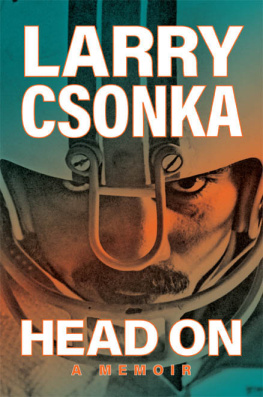
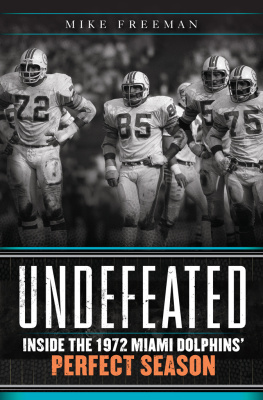

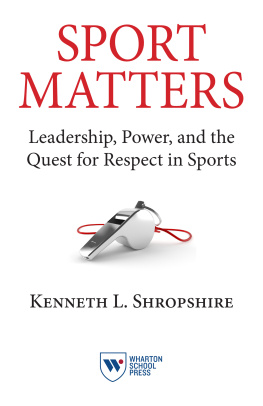
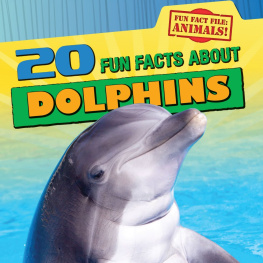


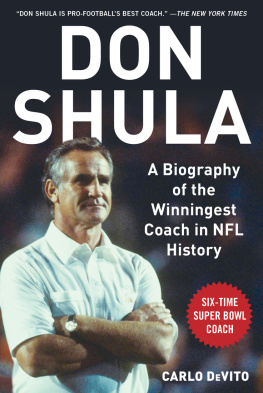
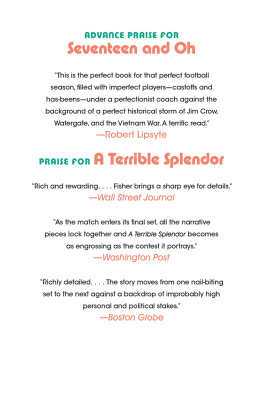
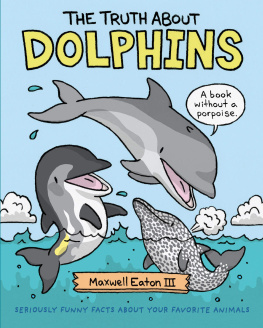
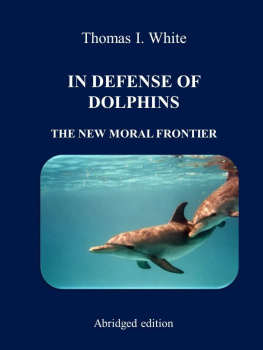
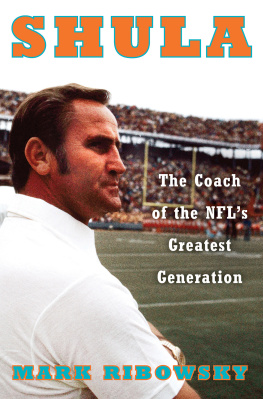
-02.jpg)
_Greg_Cote_(741x741dpi).jpg)